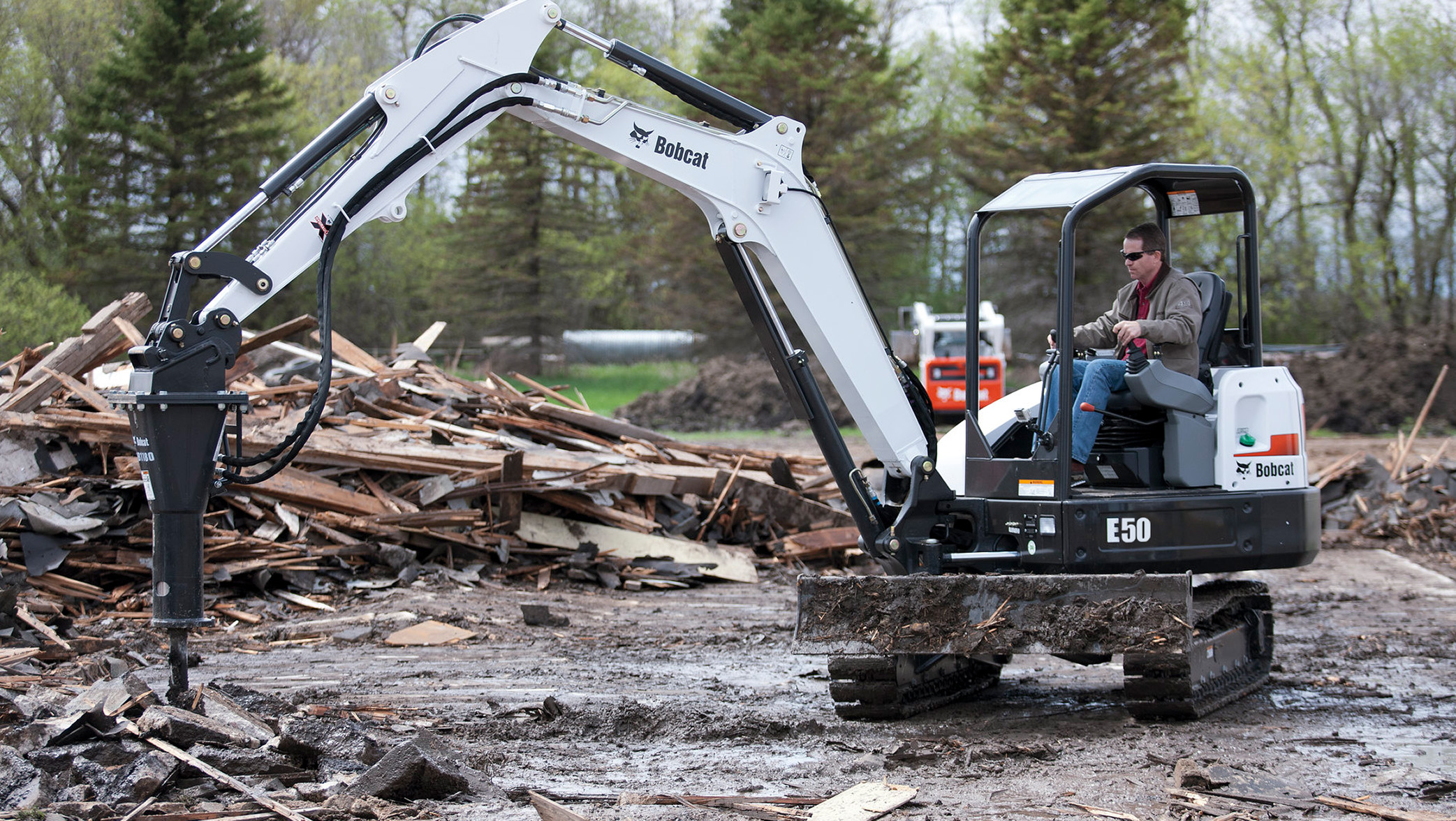One of the most common tools we use is also one of the most dangerous – ladders.
Found in almost every home and business, ladders are often used to accomplish dozens of tasks, from changing lightbulbs, cleaning out gutters to accessing rooftops. But when we employ ladders to take on these jobs, few of us take the time to take the necessary precautions to ensure we don’t become a statistic.
According to the World Health Organization, the United States leads the world in ladder deaths with an average of nearly 300 each year, most from falls of 10 feet or less. Ladder falls are also the leading cause of death on construction sites. Additionally, another 164,000 are injured badly enough to require an emergency room visit annually.
These statistics are the main reason why contractors and safety manager are urging their teams to understand the different types of ladders, their uses, and the safety practices they can take on to prevent falls and serious injury.
Selecting the Right Ladder
Picking out a ladder is about more than height. It’s also about the type, reach and weight capacity. While some jobs, such as changing a lightbulb or replacing a battery in a smoke detector may only require a step ladder. Others, such as, accessing a roof or marquee over the entrance of a hotel, mall or entertainment facility, may require a larger extension ladder or telescopic ladder.
Like all tools, operator safety is jeopardized when you use the wrong tool for a specific job. If you know your job is going to require work above eight feet, leave the step ladder in the closet. Using it in this scenario could lead an operator to unsafe practices such as standing on the top step or reaching too far to complete the task. When in doubt, it’s always a better idea to have more ladder than you need.
Secondly, operators should ensure the ladder they use can support the load using the ladder. That means the operator’s weight plus any tools and gear.
Finally, when selecting a ladder, another thing to think about is storage and how easily it can be transported. If a scenario arises that can make it difficult for you to move a ladder from one job to another, renting a ladder and getting it delivered to your site could be the solution you’re looking for.
(ProTip: Remember, when working at height, a ladder is not the only option – or even the best option. Mobile Elevating Work Platforms (MEWPs) such as a scissor lift or scaffolding are a safer option, especially with jobs requiring lateral movements or tasks where an operator may need to use both hands or additional tools.)
Check Safety and Set Up Before Taking the First Step
Some small inspection steps should be taken before putting your foot down on the first rung. Start with the rungs and rails by looking for any cracks, chips or fractures and then make sure ladder locks are working. Never use a ladder with missing or damaged parts. Once operators complete their inspection of the ladder’s parts, they should then move on to a surface inspection to ensure it’s free or oil, grease or any other material that could make the ladder or operator slip while in use.
Now move on to the actual jobsite. Visit the site where the ladder will be placed and make sure the ground is stable. Remove any twigs, pebbles, sawdust, or anything else that could make the ladder unstable. Never place a ladder on tarps or floor liners. Once operators survey the ground, they should then test it by using their body weight to test the soil/ground for stability and potential for slippage. The last inspection step should be a shoe check to ensure treads are dry and free of any debris such as oil, grease or leaves.
Safe Scaling and Descending
Always place the ladder at a 75-degree angle and when scaling a ladder, it should never be a race to the top. That’s how injuries happen. Instead, movements should be slow and methodical, with operators thinking about every step, keeping three points of contact at all times, whether climbing up, down or in a working position.
Some other things operators should think about before climbing up or down a ladder:
- Secure your tools. If a tool starts to slip from a tool belt, an operator will be tempted to grab it.
- Avoid loose clothing or jewelry that could get snagged or force a misstep while climbing
- Remain centered. Too much weight on one side of a ladder could shift the ladder and make it unstable.
- Never use a ladder in high winds or during a storm.
- Never allow more than one person on a ladder at a time.
- Never place a ladder in front of a doorway.
For more information about ladders or to rent ladders with multiple safety features, visit HercRentals.
Additional OSHA Ladder Safety Tips
- Read and follow all labels/markings on the ladder.
- Avoid electrical hazards. Look for overhead power lines before handling a ladder. Avoid using a metal ladder near power lines or exposed energized electrical equipment.
- Always inspect the ladder prior to using it. If the ladder is damaged, it must be removed from service and tagged until repaired or discarded.
- Only use ladders and appropriate accessories (ladder levelers, jacks or hooks) for their designed purposes.
- Do not place a ladder on boxes, barrels or other unstable bases to obtain additional height.
- Do not move or shift a ladder while a person or equipment is on the ladder.
- Do not stand on the three top rungs of a straight, single or extension ladder.
- Be sure that all locks on an extension ladder are properly engaged.


